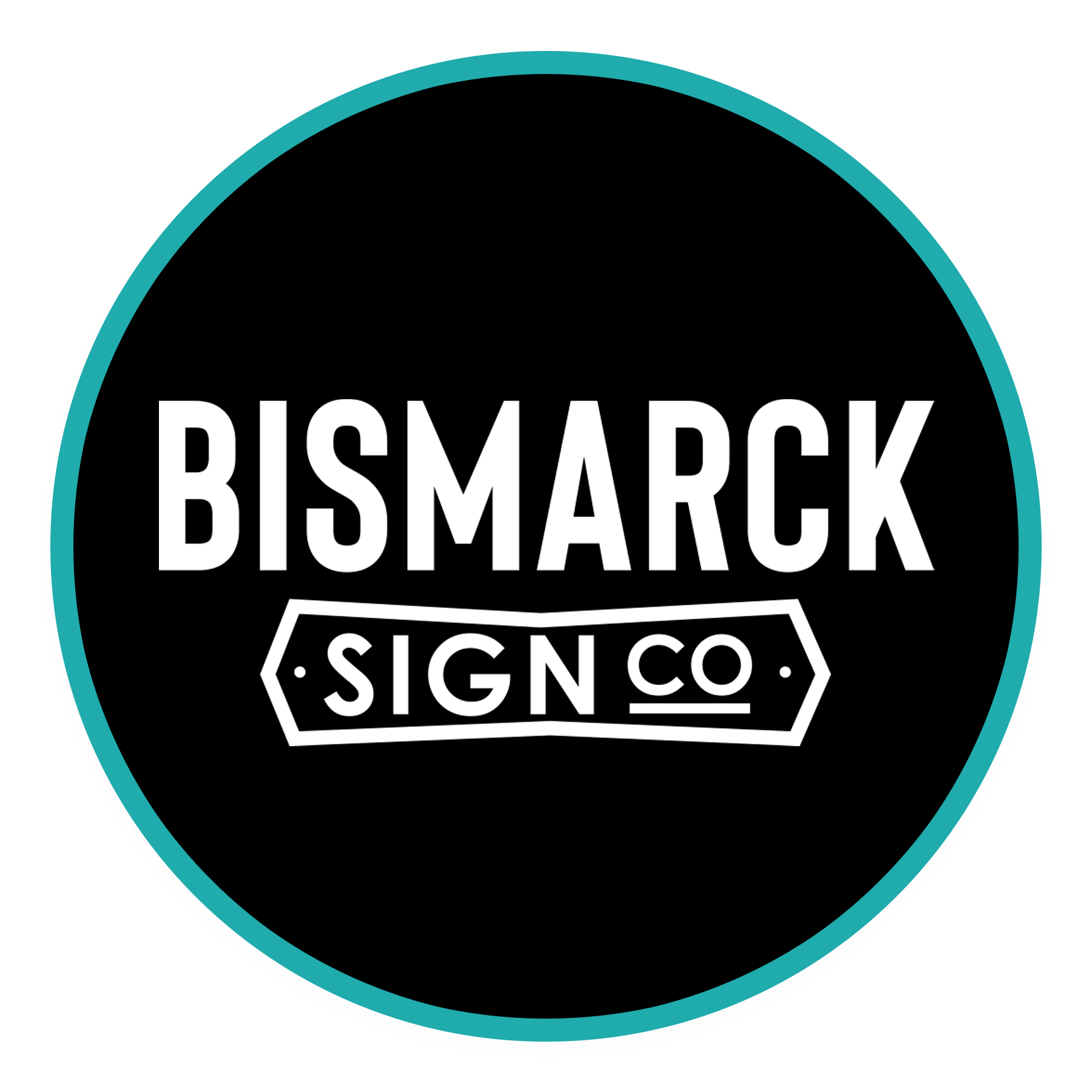ADA compliant signage plays a crucial role in the success of any business, as it ensures that all customers, regardless of abilities, can easily navigate and access the premises. The Americans with Disabilities Act (ADA) was passed in 1990 to protect the rights of individuals with disabilities, and requires that businesses provide equal access to their goods and services. One of the key components of ADA compliance is the use of proper signage, which includes channel letters signage that meets specific requirements outlined in the ADA Standards for Accessible Design.
Channel letters signage is a popular choice for many businesses, as it offers a bold and eye-catching way to display their name and branding. These signs are typically made of durable materials such as aluminum or acrylic, and are illuminated to ensure visibility both day and night. While channel letters signage can be highly effective in attracting customers, it is important for businesses to ensure that these signs are also ADA compliant.
ADA compliant signage includes a number of specific requirements that must be met in order to ensure accessibility for all individuals. These requirements cover a wide range of factors, including the size and placement of signs, the use of tactile characters and Braille, and the use of high-contrast colors and non-glare finishes. Failure to comply with these requirements can result in fines and legal consequences for businesses, as well as create barriers to access for individuals with disabilities.
One of the key requirements for ADA compliant signage is the use of tactile characters and Braille. Tactile characters are raised lettering that can be felt by touch, making it easier for individuals with visual impairments to read the sign. Braille is a system of raised dots that can be read by touch and is used to provide information to individuals who are blind or have low vision. Both tactile characters and Braille must meet specific size and spacing requirements in order to be considered ADA compliant.
In addition to tactile characters and Braille, ADA compliant signage must also meet specific requirements for size and placement. Signs must be mounted at the correct height and angle to be easily readable, and must have sufficient contrast between the characters and background to ensure visibility. These requirements are designed to ensure that individuals with disabilities can easily locate and read the signs, regardless of their abilities.
Overall, ADA compliant signage is essential for businesses to ensure equal access for all customers. By investing in channel letters signage that meets ADA requirements, businesses can create a welcoming and inclusive environment for individuals with disabilities, while also avoiding potential legal consequences. By prioritizing accessibility and inclusivity, businesses can demonstrate their commitment to serving all members of the community, and create a positive and welcoming experience for all customers.
For more information visit:
Bismarck Sign Company
https://www.bismarcksignco.com/
1926 Frontier Drive, Bismarck North Dakota
Unlocking the power of visual communication, Bismarck Sign Co. brings your brand to life with stunning signage solutions that captivate and inspire. From striking storefront displays to bold vehicle wraps, get ready to make a lasting impression – your message never looked this good.

